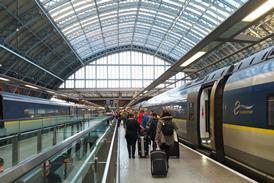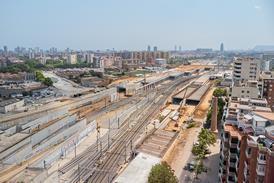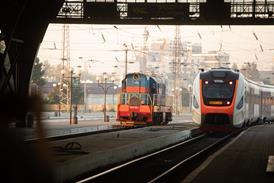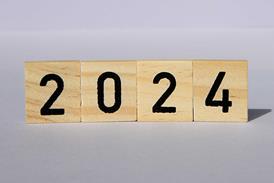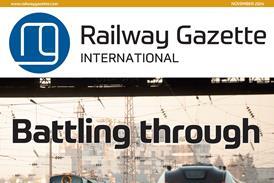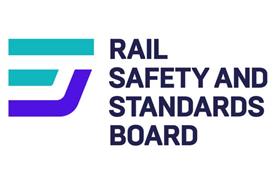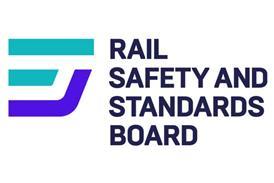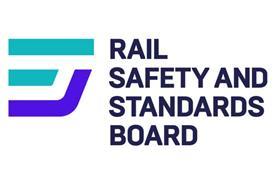PRESENTING a report to the Spanish Parliament on difficulties encountered with the Madrid - Lleida section of the Madrid - Barcelona high speed line, Development Minister Magdalena Álvarez said last month that the assessment confirmed 'the impossibility of operating the line with the features for which it was designed and contracted'.
This was a reference to speed on the 481 km route being limited to 200 km/h since it was opened by King Juan Carlos in October 2003, although the minister hoped that by the summer it would be possible to run 'at least at 250 km/h'.
The problems relate both to civil engineering and to persistent trouble with ERTMS signalling and train control that was intended to have become operational at the end of 2003. ETCS Level 2 is ultimately envisaged over the whole route to Barcelona, paving the way for trains to run at 350 km/h - making this the world's fastest railway.
In practice, the Level 1 equipment already installed has so far been used only for testing, and trains have used the interim ASFA train protection system, which does not allow speeds above 200 km/h. Álvarez told Parliament that signalling and train control had become a critical issue and that 'some months' more were needed to complete functionality and reliability testing of on-board and lineside equipment. The most optimistic forecasts suggest that trials will be completed in June, allowing the maximum speed to be raised in stages to 300 km/h during the second half of 2005. Ávarez blamed the delays on 'systematic obstruction' by GIF when Renfe was trying to commission the equipment.
Spain is not alone in finding it time-consuming and difficult to bring ERTMS to the point where it is robust and reliable enough for commercial service, and with hindsight the delays on the Madrid - Lleida route are not surprising. More astonishing are the civil engineering failings revealed in the report, which said that there had been a failure to plan and analyse the geological and geotechnical risks, and that 'design and construction in particularly complex areas' was inadequate. Not only that, but construction of tunnels, viaducts and other structures had been carried out 'excessively quickly'. The consequences were serious. No less than 166 km were affected by subsidence and cavities below the track, and some cuttings and embankments were potentially unstable. Putting all this right is expected to cost up to €74m.
Yet another hitch was the discovery of cracks in the linings of some tunnels and in the concrete used for the Ebro bridge, while operation at speeds greater than 300 km/h caused ballast particles to be sucked up and thrown around. The report also mentions the need to replace a system that detects objects falling on to the track, considered to be another factor preventing trains from exceeding 200 km/h.
The good news is that the first AVE S102 trainsets entered service on February 26 (RG 3.05 p121), operating four services each way every day except Saturday, when three run in either direction. Part of an order for 16 trainsets placed with Talgo and Bombardier for €330m, the trains are expected to run at up to 330 km/h once the ETCS Level 2 equipment is operational.
Under the terms of an outline agreement announced on March 1, Siemens is to supply this year the first five of 16 Velaro E (AVE S103) trainsets under a contract signed in 2001. Derivatives of the German ICE3, the trains should have been delivered last year (RG 10.04 p670). Siemens had previously incurred penalties of €12·9m for late delivery, and the manufacturer has now agreed to pay a further €8·1m. The agreement increases the maximum penalty for late delivery to 12% of contract value or €48m.

